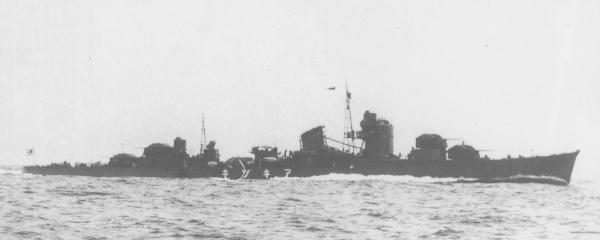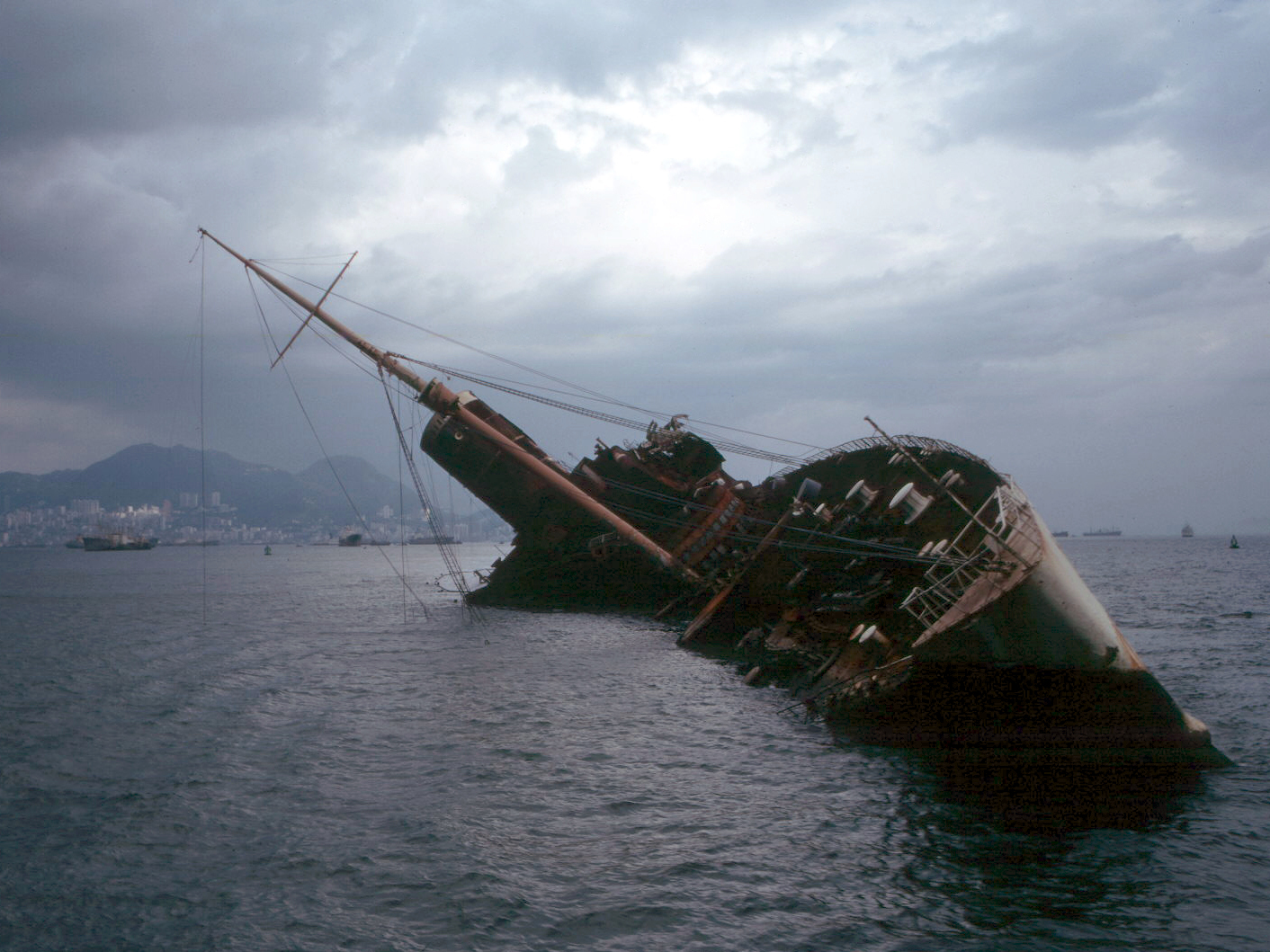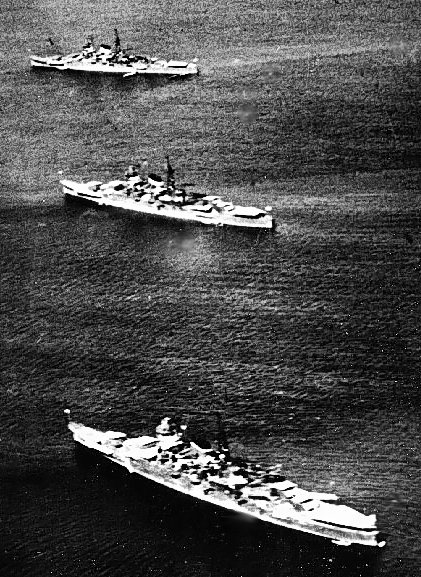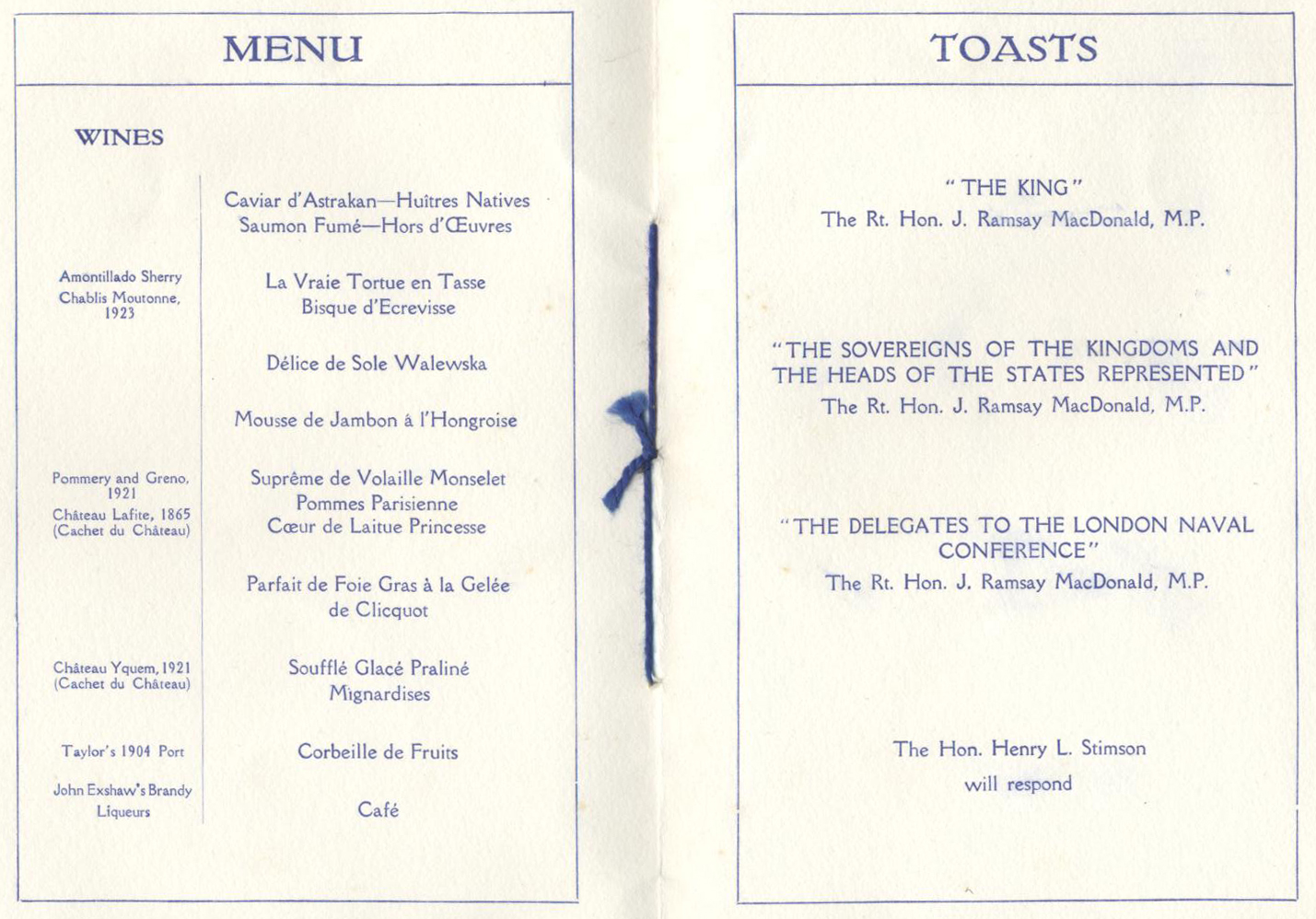|
Chidori Class Torpedo Boat
The was an Imperial Japanese Navy class of torpedo boats that were built before and served during the Second World War. The design initially proved to have too much armament for its small displacement, and the capsizing of shortly after completion in heavy weather resulted in a scandal which called into question the basic design of many Japanese warships of the time. After extensive modification, the class became satisfactory sea-boats and saw service in the Battle of the Philippines and the Dutch East Indies campaign as escorts and continued in that role for the rest of the war. Three were sunk during the war and the fourth was seized by the British at Hong Kong after the end of the war, where it was scrapped later. Background Per the terms of the 1930 London Naval Treaty, the Imperial Japanese Navy was constricted on the total tonnage of destroyers it was allowed to construct. In response, Japanese naval planners designed a 600-ton class vessel (which was small enough not ... [...More Info...] [...Related Items...] OR: [Wikipedia] [Google] [Baidu] |
Maizuru Naval Arsenal
was one of four principal naval shipyards owned and operated by the Imperial Japanese Navy. History The Maizuru Naval District was established at Maizuru, Kyoto Prefecture in 1889, as the fourth of the naval districts responsible for the defense of the Japanese home islands. After the establishment of the navy base, a ship repair facility was established in 1901 with a dry dock. With the addition of equipment and facilities for ship production by 1903, the Maizuru Naval Arsenal was officially established. Additional dry docks were completed in 1904 and 1914. When the No. 3 dry dock was completed in 1914, it was the largest in Japan at the time. In 1923, after the Washington Naval Treaty, there were discussions within the Navy Ministry about closing the facility, and it was largely mothballed until 1936. Afterwards, it reopened and expanded, building ships, aircraft and weapons for the military. It specialized mostly in destroyer-size and smaller vessels. Post WW II In the pos ... [...More Info...] [...Related Items...] OR: [Wikipedia] [Google] [Baidu] |
Capsize
Capsizing or keeling over occurs when a boat or ship is rolled on its side or further by wave action, instability or wind force beyond the angle of positive static stability or it is upside down in the water. The act of recovering a vessel from a capsize is called righting. Capsize may result from broaching, , loss of stability due to cargo shifting or flooding, or in high speed boats, from turning too fast. If a capsized vessel has enough flotation to prevent sinking, it may recover on its own in changing conditions or through mechanical work if it is not stable inverted. Vessels of this design are called self-righting. Small vessels In dinghy sailing, a practical distinction can be made between being knocked down (to 90 degrees; on its beam-ends, figuratively) which is called a capsize, and being inverted, which is called being turtled. Small dinghies frequently capsize in the normal course of use and can usually be recovered by the crew. Some types of dinghy are occa ... [...More Info...] [...Related Items...] OR: [Wikipedia] [Google] [Baidu] |
Japanese Torpedo Boat Chidori (1933)
Two Japanese warships have borne the name ''Chidori'': * , a launched in 1900 and stricken in 1921 * , a launched in 1933 and sunk in 1944 {{DEFAULTSORT:Chidori Imperial Japanese Navy ship names Japanese Navy ship names ... [...More Info...] [...Related Items...] OR: [Wikipedia] [Google] [Baidu] |
Center Of Gravity
In physics, the center of mass of a distribution of mass in space (sometimes referred to as the balance point) is the unique point where the weight function, weighted relative position (vector), position of the distributed mass sums to zero. This is the point to which a force may be applied to cause a linear acceleration without an angular acceleration. Calculations in mechanics are often simplified when formulated with respect to the center of mass. It is a hypothetical point where the entire mass of an object may be assumed to be concentrated to visualise its motion. In other words, the center of mass is the particle equivalent of a given object for application of Newton's laws of motion. In the case of a single rigid body, the center of mass is fixed in relation to the body, and if the body has uniform density, it will be located at the centroid. The center of mass may be located outside the physical body, as is sometimes the case for wikt:hollow, hollow or open-shaped object ... [...More Info...] [...Related Items...] OR: [Wikipedia] [Google] [Baidu] |
Lead Vessel
The lead ship, name ship, or class leader is the first of a series or class of ships all constructed according to the same general design. The term is applicable to naval ships and large civilian vessels. Large ships are very complex and may take as many as five to ten years to build. Improvements based on experience with building and operating the lead ship are likely to be incorporated into the design or construction of later ships in the class, so it is rare to have vessels that are identical. The second and later ships are often started before the first one is completed, launched and tested. Nevertheless, building copies is still more efficient and cost-effective than building prototypes, and the lead ship will usually be followed by copies with some improvements rather than radically different versions. The improvements will sometimes be retrofitted to the lead ship. Occasionally, the lead ship will be launched and commissioned for shakedown testing before following ship ... [...More Info...] [...Related Items...] OR: [Wikipedia] [Google] [Baidu] |
QF 2 Pounder Naval Gun
The 2-pounder gun, officially the QF 2-pounder ( QF denoting "quick firing") and universally known as the pom-pom, was a British autocannon, used as an anti-aircraft gun by the Royal Navy.British military of the period traditionally denoted smaller guns in terms of the approximate weight of the standard projectile, rather than by its bore diameter, which in this case was 40 mm. References to 40-mm anti-aircraft guns invariably mean the Bofors gun, while references to 2-pounder anti-aircraft guns mean this gun. The name came from the sound that the original models make when firing. This QF 2-pounder was not the same gun as the Ordnance QF 2-pounder, used by the British Army as an anti-tank gun and a tank gun, although they both fired , projectiles. Predecessors - Boer War and the Great War QF 1 pounder The first gun to be called a pom-pom was the 37 mm Nordenfelt-Maxim or "QF 1-pounder" introduced during the Second Boer War, the smallest artillery piece of that war. It fire ... [...More Info...] [...Related Items...] OR: [Wikipedia] [Google] [Baidu] |
Anti-aircraft Warfare
Anti-aircraft warfare, counter-air or air defence forces is the battlespace response to aerial warfare, defined by NATO as "all measures designed to nullify or reduce the effectiveness of hostile air action".AAP-6 It includes Surface-to-air missile, surface based, subsurface (Submarine#Armament, submarine launched), and air-based weapon systems, associated sensor systems, command and control arrangements, and passive measures (e.g. barrage balloons). It may be used to protect naval, ground, and air forces in any location. However, for most countries, the main effort has tended to be homeland defence. NATO refers to airborne air defence as counter-air and naval air defence as anti-aircraft warfare. Missile defense, Missile defence is an extension of air defence, as are initiatives to adapt air defence to the task of intercepting any projectile in flight. In some countries, such as Britain and Germany during the World War II, Second World War, the Soviet Union, and modern NATO a ... [...More Info...] [...Related Items...] OR: [Wikipedia] [Google] [Baidu] |
Gun Turret
A gun turret (or simply turret) is a mounting platform from which weapons can be fired that affords protection, visibility and ability to turn and aim. A modern gun turret is generally a rotatable weapon mount that houses the crew or mechanism of a projectile-firing weapon and at the same time lets the weapon be aimed and fired in some degree of azimuth and elevation (cone of fire). Description Rotating gun turrets protect the weapon and its crew as they rotate. When this meaning of the word "turret" started being used at the beginning of the 1860s, turrets were normally cylindrical. Barbettes were an alternative to turrets; with a barbette the protection was fixed, and the weapon and crew were on a rotating platform inside the barbette. In the 1890s, armoured hoods (also known as "gun houses") were added to barbettes; these rotated with the platform (hence the term "hooded barbette"). By the early 20th Century, these hoods were known as turrets. Modern warships have gu ... [...More Info...] [...Related Items...] OR: [Wikipedia] [Google] [Baidu] |
Main Battery
A main battery is the primary weapon or group of weapons around which a warship is designed. As such, a main battery was historically a gun or group of guns, as in the broadsides of cannon on a ship of the line. Later, this came to be turreted groups of similar large-caliber naval rifles. With the evolution of technology the term has come to encompass guided missiles as a vessel's principal offensive weapon, deployed both on surface ships and submarines. A main battery features common parts, ammunition, and fire control across the weapons which it comprises. Description In the age of cannon at sea, the main battery was the principal group of weapons around which a ship was designed, usually its heavies. With the coming of naval rifles and subsequent revolving gun turrets, the main battery became the principal group of heaviest guns, regardless of how many turrets they were placed in. As missiles displaced guns both above and below the water their principal group became a ve ... [...More Info...] [...Related Items...] OR: [Wikipedia] [Google] [Baidu] |
1st Naval Armaments Supplement Programme (Japan, 1931)
The , otherwise known as the "Circle One" plan was the first of four expansion plans of the Imperial Japanese Navy between 1930 and the start of World War II. Background The London Naval Treaty placed severe restrictions on Japan's naval capabilities vis-a-vis the United States Navy and the British Royal Navy in terms of tonnage and numbers of capital warships. The response of the Imperial Japanese Navy General Staff was to initiate a construction program to build new warships to the allotted tonnage limits in each of the restricted categories, and to invest in types of warships and weaponry not specifically covered by the provisions of the treaty. The "Circle One" plan was submitted by the Naval Ministry and approved by the Cabinet in November 1930, and officially ratified by the Diet of Japan in 1931. It called for the construction of 39 new combat vessels, centering on four of the new s, and expansion of the Imperial Japanese Navy Air Service to 14 Naval Air Groups. Budget f ... [...More Info...] [...Related Items...] OR: [Wikipedia] [Google] [Baidu] |
London Naval Treaty
The London Naval Treaty, officially the Treaty for the Limitation and Reduction of Naval Armament, was an agreement between the United Kingdom, Japan, France, Italy, and the United States that was signed on 22 April 1930. Seeking to address issues not covered in the 1922 Washington Naval Treaty, which had created tonnage limits for each nation's surface warships, the new agreement regulated submarine warfare, further controlled cruisers and destroyers, and limited naval shipbuilding. Ratifications were exchanged in London on 27 October 1930, and the treaty went into effect on the same day, but it was largely ineffective. The treaty was registered in '' League of Nations Treaty Series'' on 6 February 1931. Conference The signing of the treaty remains inextricably intertwined with the ongoing negotiations, which began before the official start of the London Naval Conference of 1930, evolved throughout the progress of the official conference schedule, and continued for years ... [...More Info...] [...Related Items...] OR: [Wikipedia] [Google] [Baidu] |







